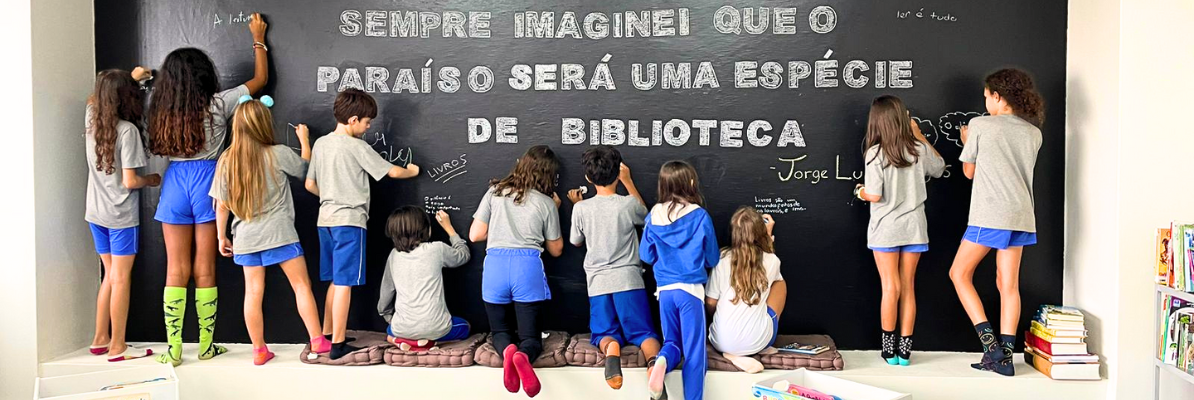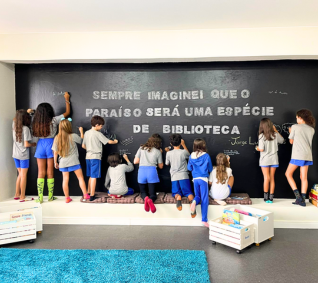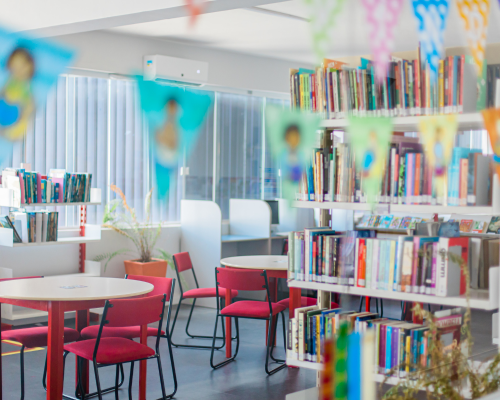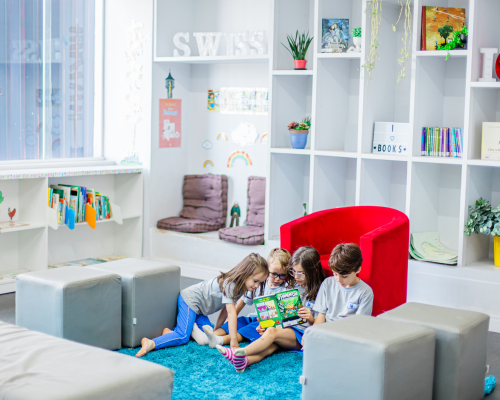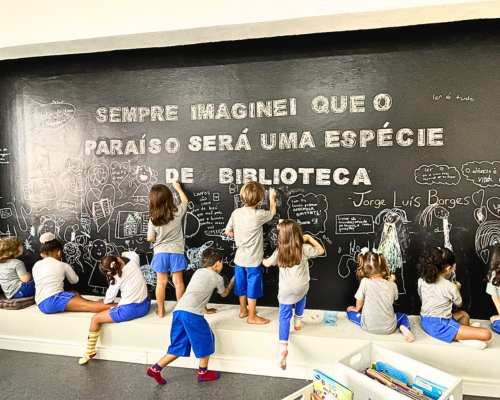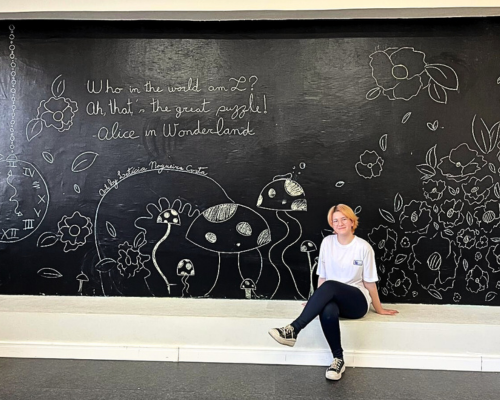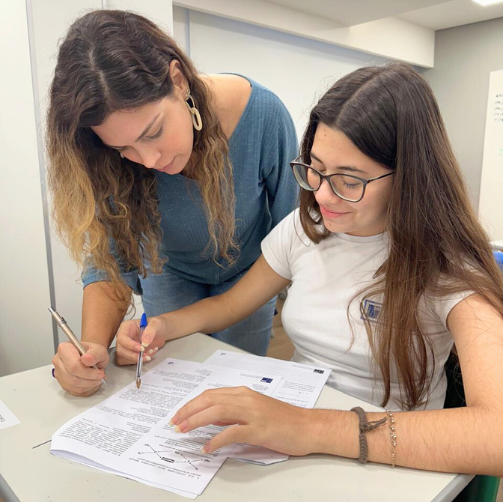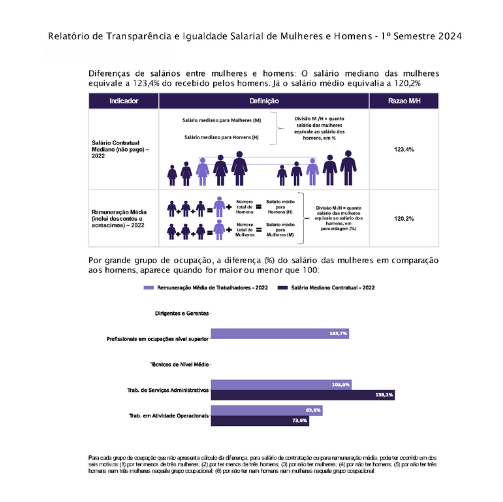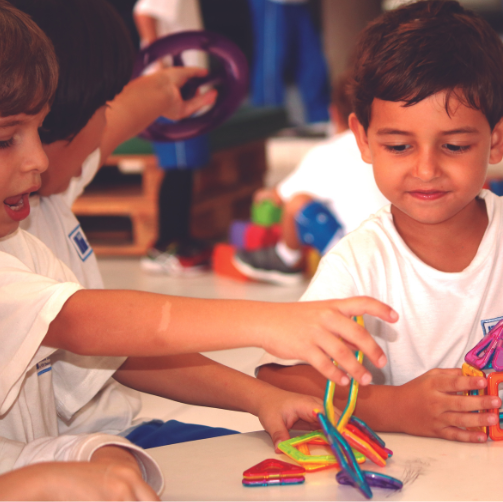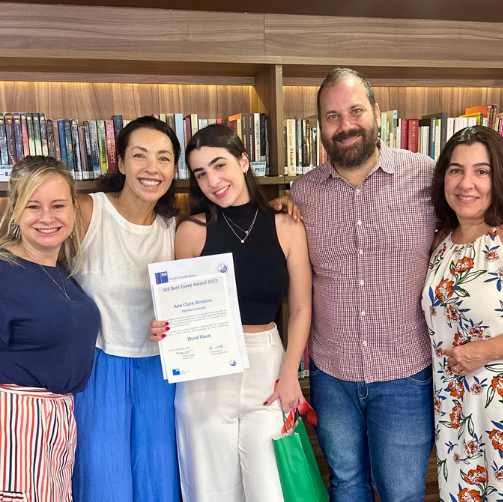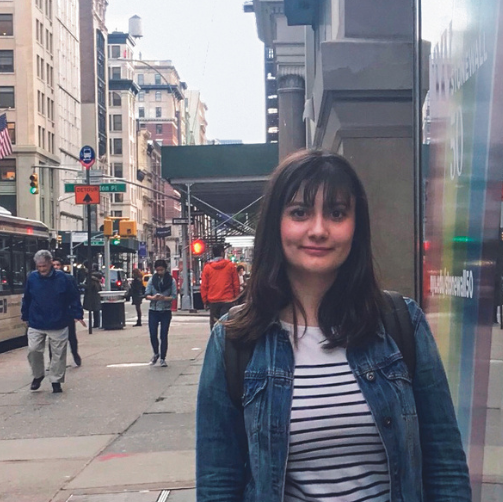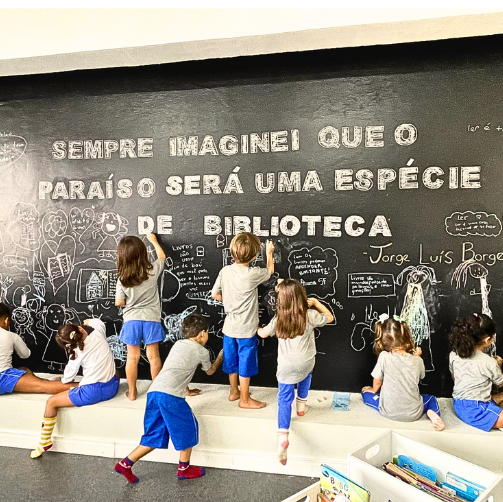When asked to picture a library, we imagine a stuffy room filled with old dusty books. We imagine a place of silence and someone ready to admonish any transgressor. However, this is not the case with school libraries, given that their purpose is to help everyone gain new knowledge, skills, and disposition for learning. In her book, Edwards (1998) states that all school environments can be considered as a third teacher, where students learn by interacting with their surroundings. Not only are students encouraged to read, but school libraries have always inspired them to explore their curiosity, practice innovation and problem solving.
Studies show that schools with curriculum-based library classes have higher academic achievements in reading and writing, mathematics, and critical thinking. Such results are due to librarians being seen as active educators within the community and the wide range of subjects covered by library classes. For Maternal to 1st Grade, story time is used as a tool to cover topics such as listening, literacy, vocabulary as well as presenting fictional worlds. Through stories children are introduced to the workings of the world, learn how to navigate their emotions and different social interactions. Because of library classes, 2nd graders to 5th graders learn how to use reference books such as encyclopedias and dictionaries, as well as know where they can find answers to their questions through trustworthy and kid friendly websites or by navigating the library shelves.






